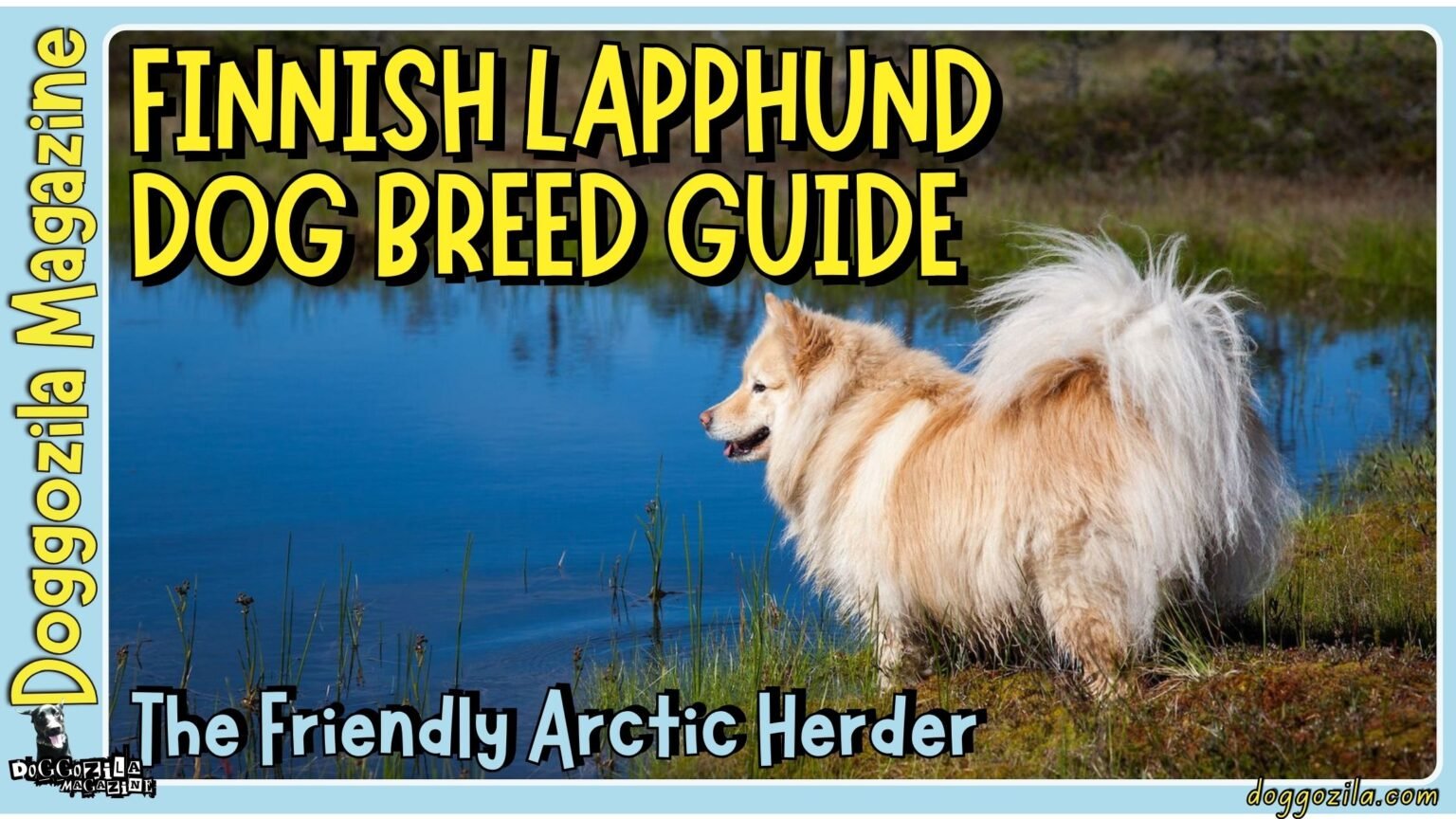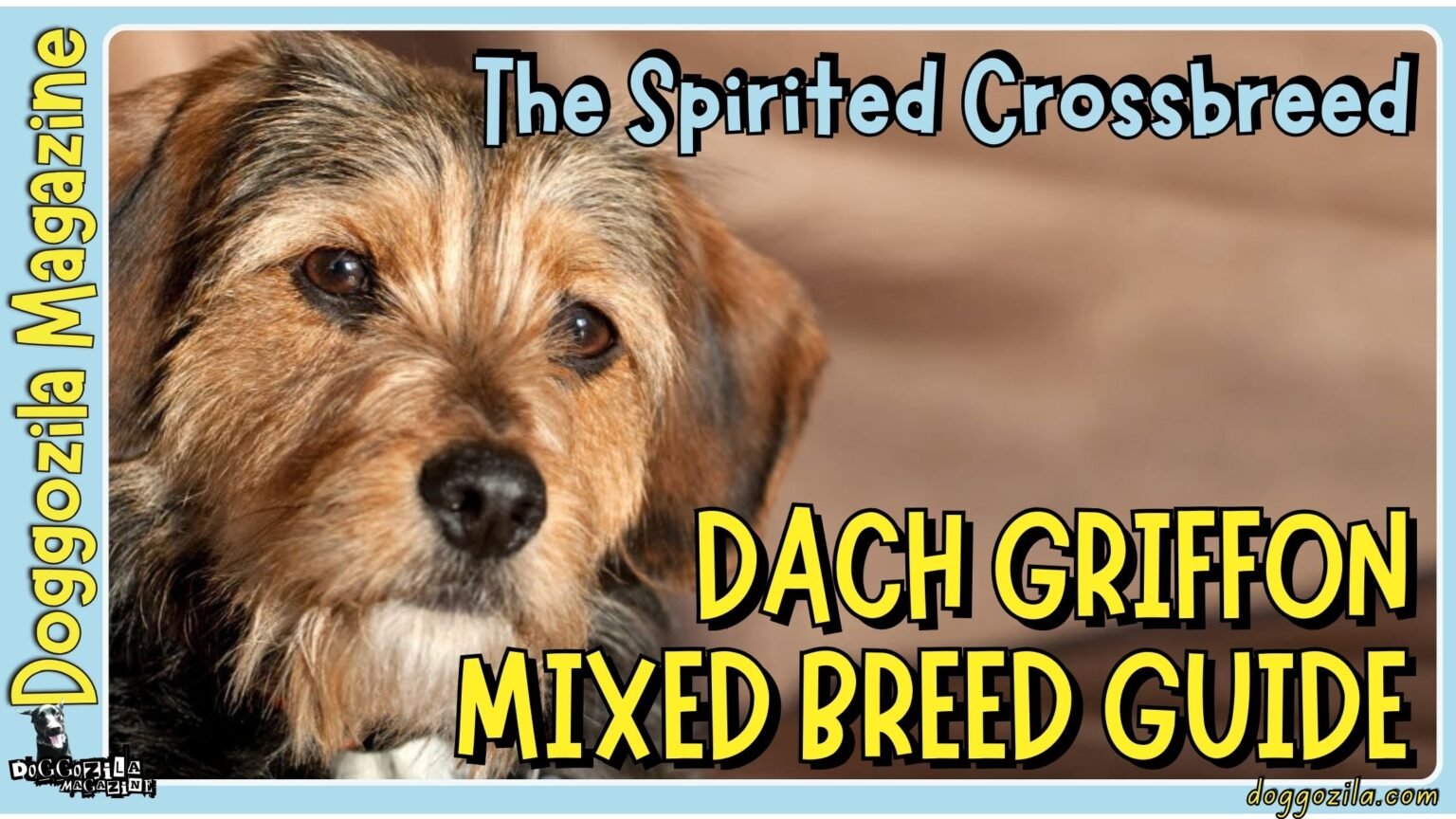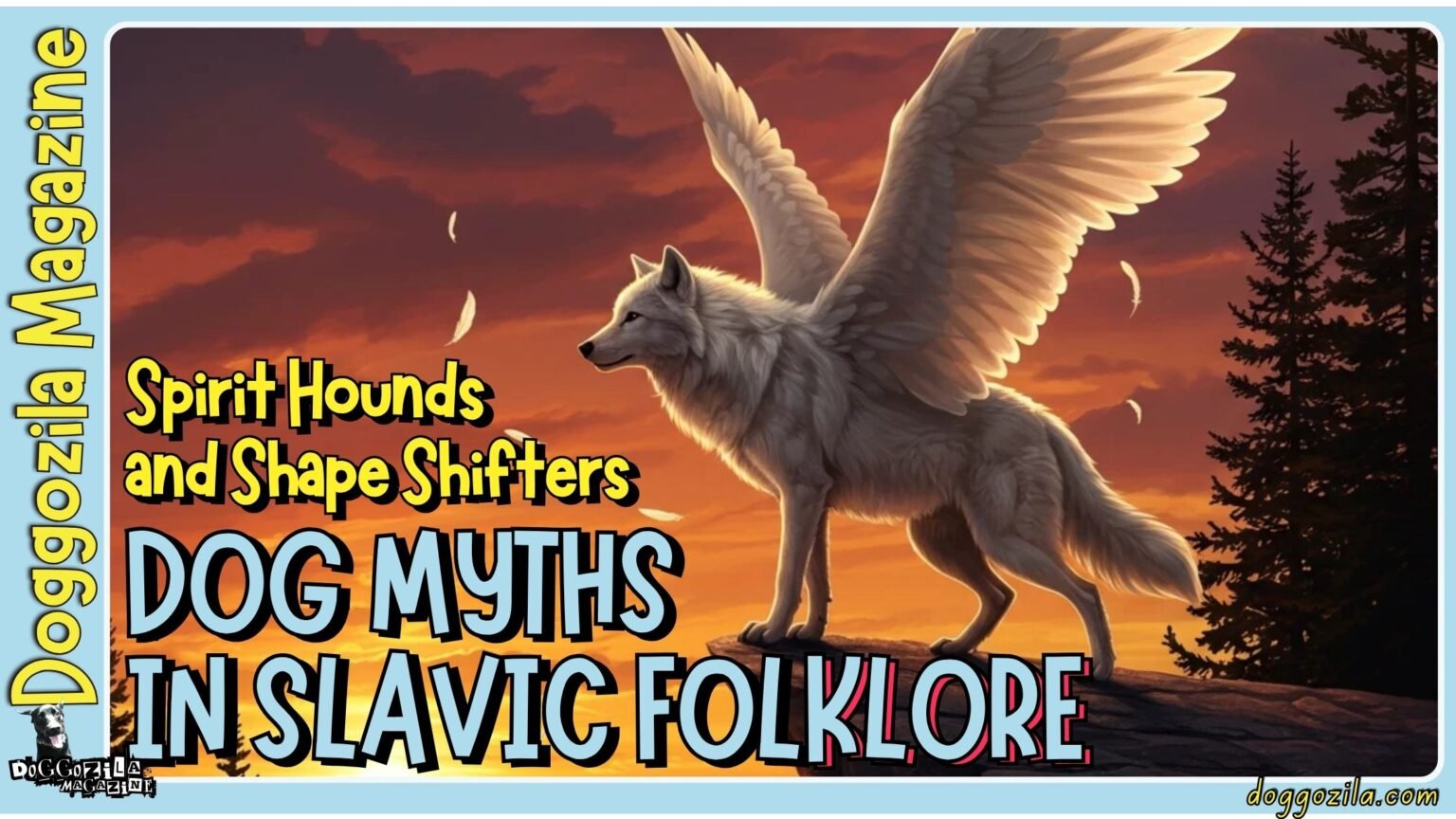Dog Breeds
Dog Breeds Explainer: Understanding the Different Groups
Dogs are not just pets; they are companions, protectors, and family members. With hundreds of breeds around the world, dogs come in all shapes, sizes, and personalities. One way to understand the diversity of dog breeds is by looking at the different breed groups.
These groups categorize dogs based on their historical jobs and characteristics. Let’s dive into the fascinating world of dog breed groups!
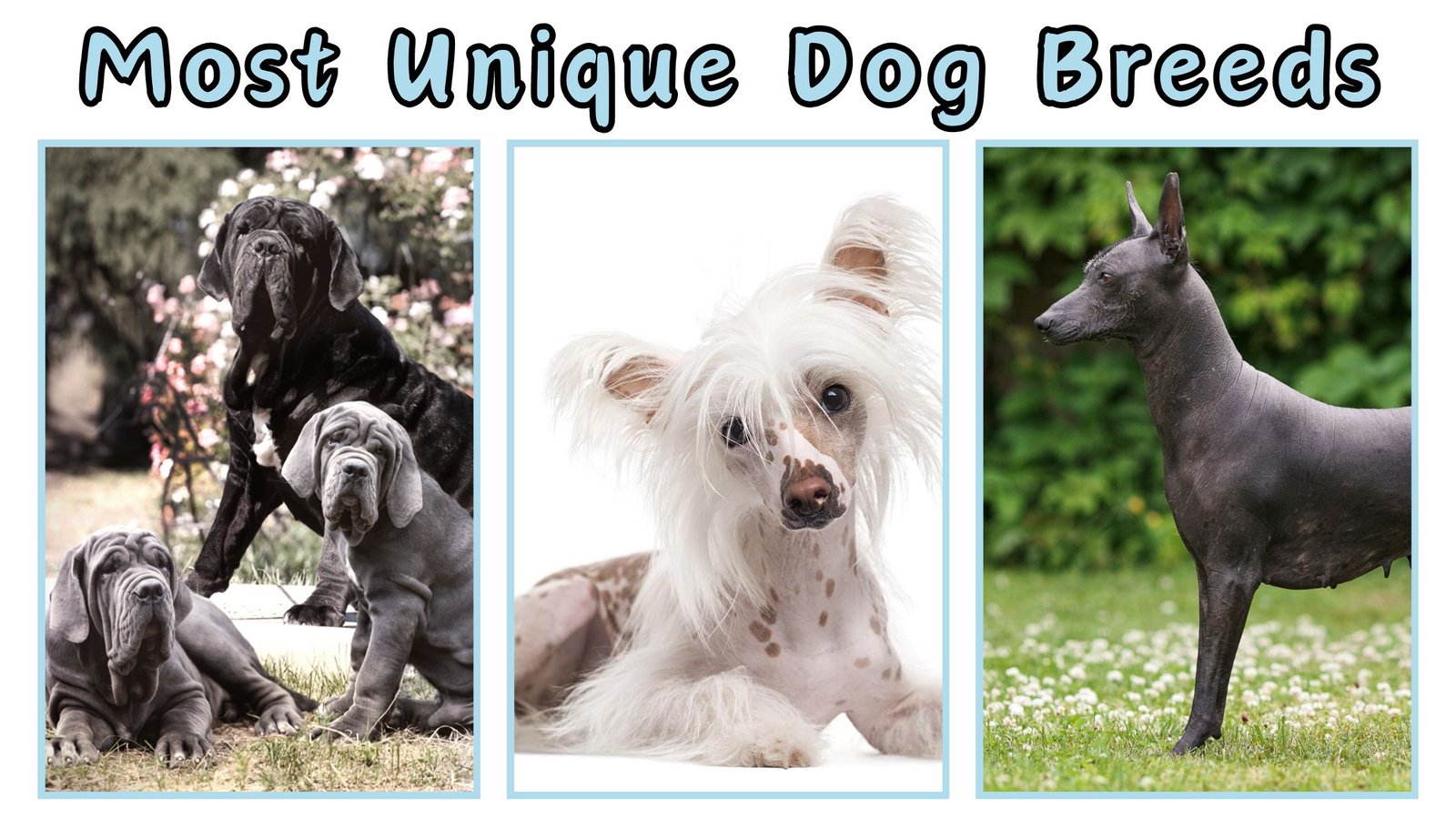
Herding Dog Breeds
Herding dogs are the ultimate animal controllers. They have an instinctive ability to herd other animals, such as sheep or cattle. These breeds include the intelligent Border Collie and the sturdy German Shepherd. They are known for their work ethic and responsiveness to training.
Hound Dog Breeds
Hounds have an intrinsic hunting nature. This group is divided into scent hounds, like the Bloodhound, and sight hounds, like the Greyhound. They are known for their powerful sense of smell or great speed in chasing down prey.
Sporting Dog Breeds
Sporting dogs are naturally active and alert. Breeds like the Labrador Retriever and the Cocker Spaniel fall into this category. They were originally bred to assist hunters by retrieving game and are known for their friendly disposition.
Non-Sporting Dog Breeds
This is a diverse group of breeds that don’t fit neatly into the other categories. The Dalmatian and the Bulldog are examples of non-sporting dogs. They vary greatly in size, coat, personality, and overall appearance.
Working Dog Breeds
Working dogs are born to work for humans. This group includes breeds like the Boxer and the Saint Bernard, known for their roles in search and rescue, as guard dogs, and as service animals.
Terrier Dog Breeds
Terriers are energetic and lively. They were originally bred to hunt vermin and have a distinctive feisty demeanor. The Airedale Terrier and the Scottish Terrier are well-known terriers.
Toy Dog Breeds
Toy breeds are perfect lap dogs. They are small in stature but big in personality. Breeds like the Chihuahua and the Pomeranian provide companionship and can be ideal for city living.
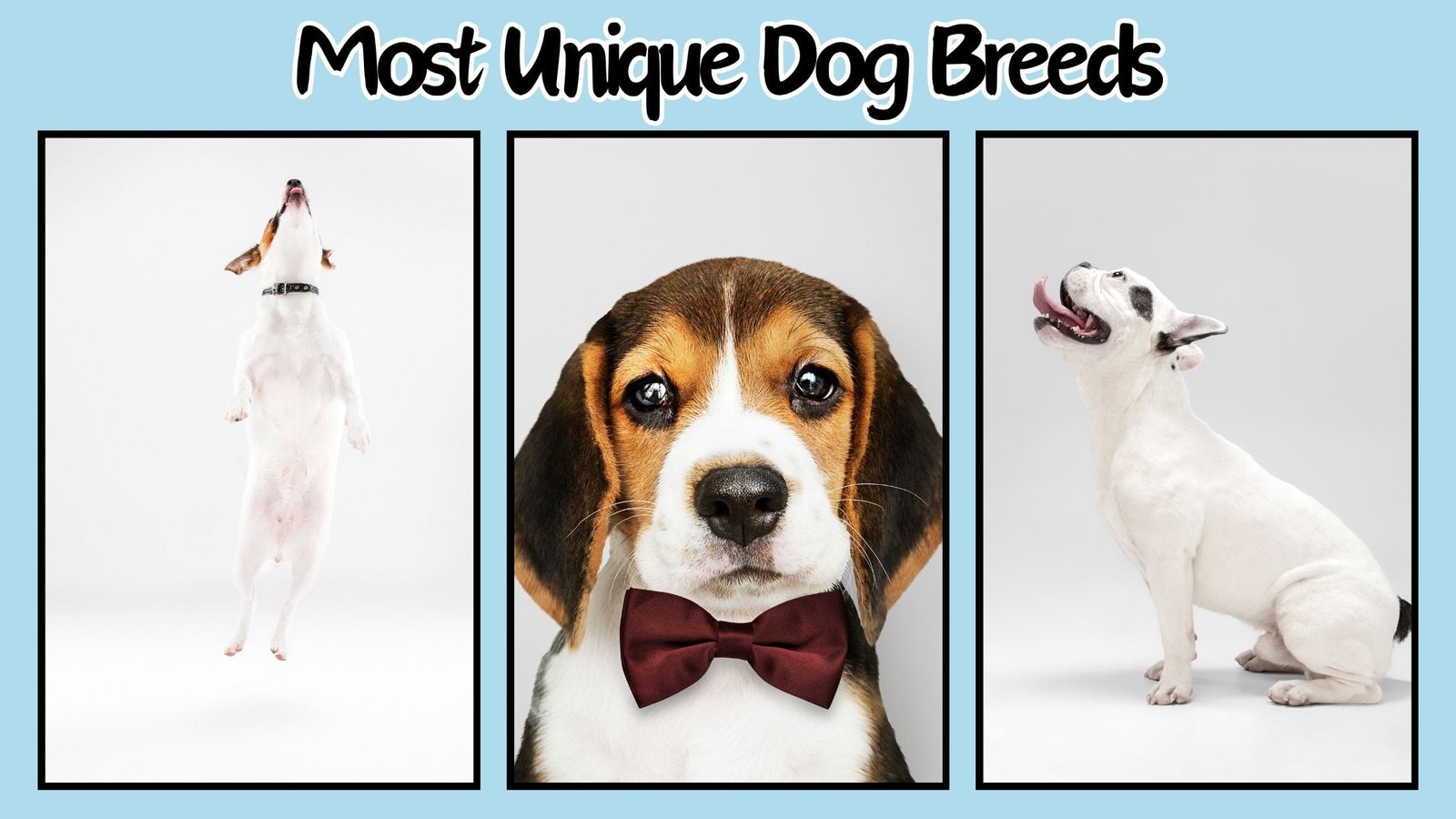
Other Breeds
There are also breeds not recognized by major kennel clubs, often because they are newer or less common. These breeds can have unique traits and qualities that set them apart.
Understanding these breed groups can help potential dog owners choose a breed that fits their lifestyle and environment. It’s important to remember that while breeds can share common traits, each dog is an individual with its own personality.
Whether you’re looking for a jogging buddy or a cuddle companion, there’s a dog breed out there for everyone.
Always remember to research thoroughly before bringing a new furry friend into your home, ensuring a happy and harmonious relationship with your chosen breed.
Happy dog parenting!




